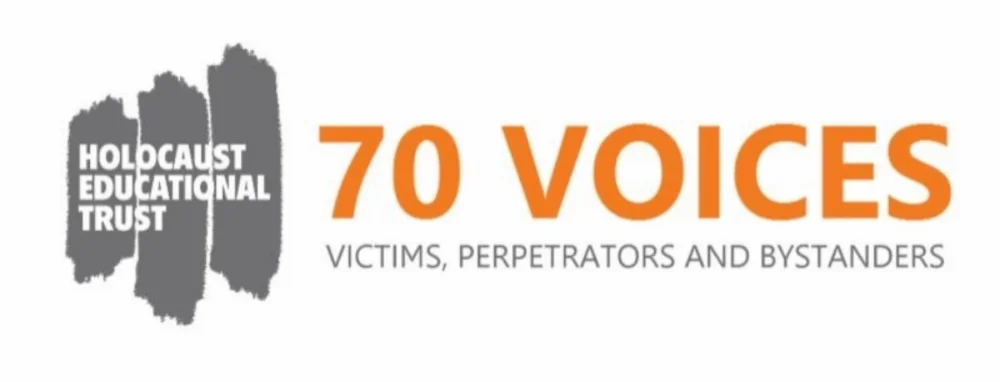What distinguished the Holocaust from all of the other horrors inflicted on Europe by the Nazis was its totality: the Nazis aimed to murder every single Jew in the continent. This point was grasped by Itzhak Katzenelson, shown in the centre of the photograph with his family, in a poem written in captivity in the Vittel transit camp in France in 1943.
I dreamt a dream,
a terrible dream:
I have no people, my people
are no longer.
I woke screaming –
Alas! Alas!
My dream
has come true!
“Oh, God in heaven!” –
Trembling I implore:
why and what for
did my people die?
Why and what for
in vain did they die?
Not in a war,
not in battle...
the young, the old,
women and babes too –
are no more, no more:
lament!
Thus I'll cry in sorrow
both day and night:
Why, my Master?
Why, oh Lord?
When he wrote this poem, Itzhak had already lost his wife and two youngest sons who had been deported from the Warsaw Ghetto to Treblinka in 1942. He and his eldest son Zvi, standing next to him in the photograph, were murdered at Auschwitz-Birkenau in 1944.
Photo: Itzhak Katzenelson with his family and friends [detail], pre-war; Ghetto Fighters’ House
Poem: Itzhak Katzenelson, Ketavim aḥaronim (Ein Harod: Hakibbutz Hameucḥad, 1947)

